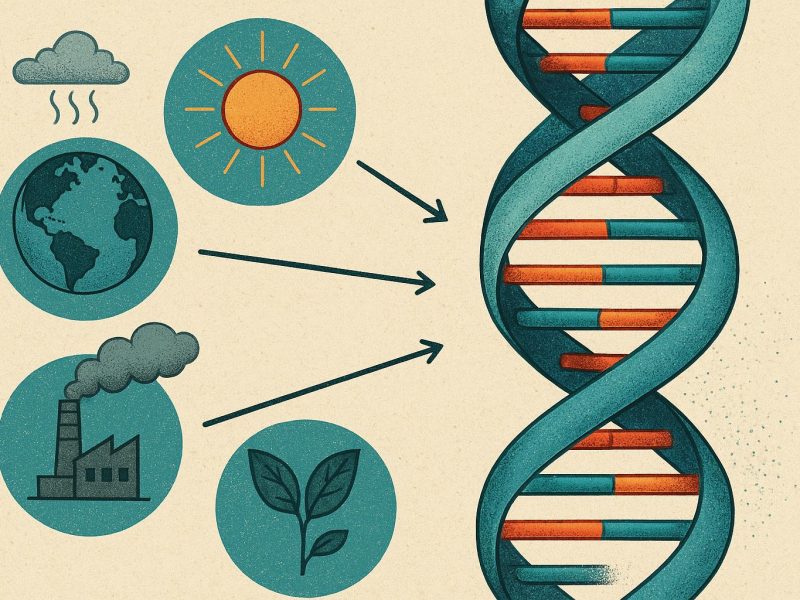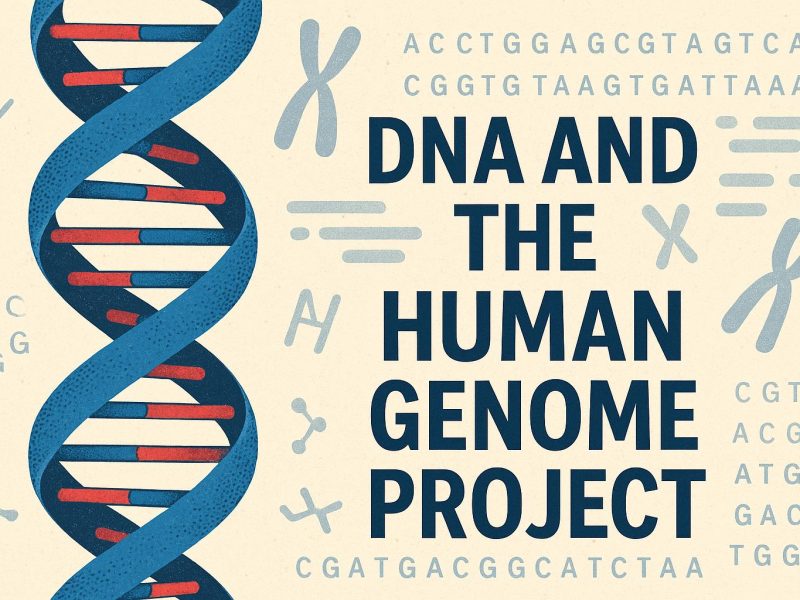The Introduction of CRISPR in DNA Editing
The revolutionary development of CRISPR technology has marked a significant milestone in the field of genetics by providing enhanced precision and efficiency in DNA editing. CRISPR, which stands for Clustered Regularly Interspaced Short Palindromic Repeats, utilizes a natural defense mechanism that bacteria employ against viral DNA. By harnessing the power of the CRISPR-associated protein 9, commonly referred to as Cas9, scientists have been able to perform gene editing with remarkable precision and efficiency.
How CRISPR Works
The operational mechanism of CRISPR technology is both fascinating and complex. It involves using a specifically designed guide RNA, known as gRNA, which directs the Cas9 enzyme to the desired DNA sequence intended for editing. The Cas9 enzyme is then responsible for introducing a double-strand break in the DNA at this exact location. Such a break is pivotal as it allows for the insertion or deletion of specific DNA segments, thereby altering genetic codes as required. This ability to perform precise DNA edits was previously unattainable and has opened up a wealth of possibilities for genetic modification, exploration, and application.
Potential Applications of CRISPR
The versatility of CRISPR technology has opened numerous avenues for its application across various fields, including agriculture and medicine. In agriculture, CRISPR can be utilized to engineer crops that exhibit increased resistance to pests and environmental adversities, potentially leading to higher agricultural yields and enhanced food security. Such advancements could prove crucial in addressing global food shortages and improving the sustainability of farming practices.
In the realm of medicine, CRISPR offers the potential to correct genetic mutations that underlie various diseases, such as cystic fibrosis and sickle cell anemia. By targeting and editing faulty genes, CRISPR paves the way for groundbreaking gene therapy solutions that could revolutionize how genetic disorders are treated. Not only does this bring hope to individuals suffering from such conditions, but it also signifies a new era of targeted treatments that align more closely with the underlying genetic causes of disease.
Moreover, researchers are increasingly exploring the use of CRISPR in personalized medicine development. By customizing genetic modifications to resonate with an individual’s unique genetic profile, CRISPR has the potential to enhance treatment efficacy while minimizing adverse effects. This represents a significant step towards more personalized, effective, and nuanced healthcare solutions that cater specifically to the genetic makeup of individuals rather than adopting a one-size-fits-all approach.
Ethical and Safety Considerations
Despite the promising outlook provided by CRISPR technology, it is accompanied by several ethical and safety considerations that warrant careful deliberation. One of the most pressing concerns pertains to the potential for off-target effects, whereby unintended sections of the DNA may inadvertently be edited. This poses substantial risks, and current research efforts are concentrated on improving the specificity and accuracy of CRISPR to mitigate potential adverse consequences.
Another significant consideration lies in the ethical dilemmas surrounding germline editing, which involves making changes to an individual’s DNA that can subsequently be inherited by future generations. This capability raises profound questions regarding consent and the potential misuse of genetic modifications for non-therapeutic purposes, such as enhancing physical or cognitive traits. The idea of designing future generations based on specific genetic attributes triggers contentious debates on the moral boundaries of human intervention in nature.
Regulation and Future Prospects
To adequately address the aforementioned ethical and safety considerations, various regulatory bodies are in the process of developing stringent guidelines to oversee the application of CRISPR technology. Continuous research and open dialogue among scientists, ethicists, and policymakers are essential to ensuring that DNA editing is carried out in an ethical and responsible manner while harnessing its potential benefits.
As CRISPR technology continues to advance, striking a balanced approach that emphasizes both innovation and ethical responsibility will be essential. The future prospects of CRISPR are vast and promising, yet they demand a conscientious approach to balance the pursuit of scientific breakthroughs with the imperative to preserve ethical standards and the core values of societal well-being.
For those seeking more information on CRISPR technology and its multifaceted applications, reputable sources such as the Nature Group and ScienceDirect offer comprehensive insights into ongoing developments and scholarly discussions within the field. Researchers and scholars alike turn to these platforms to stay abreast of cutting-edge advancements and ethical deliberations that will ultimately shape the trajectory of CRISPR technology’s integration into the fabric of scientific and societal progress.



